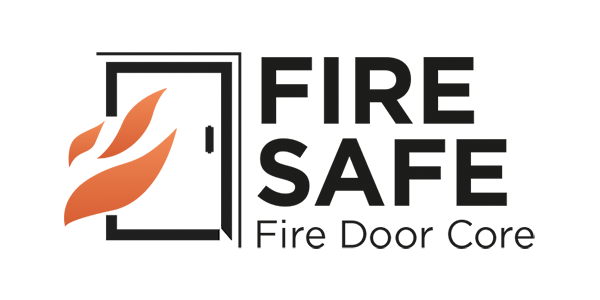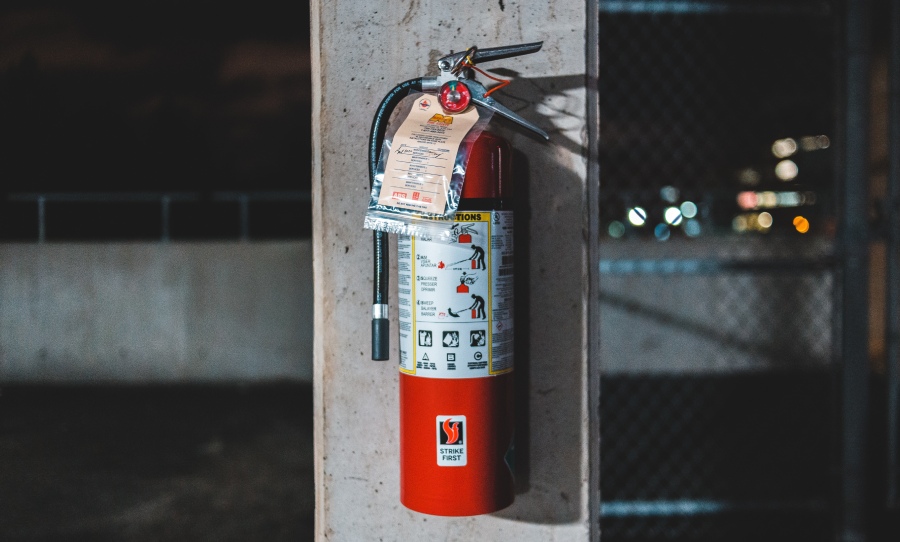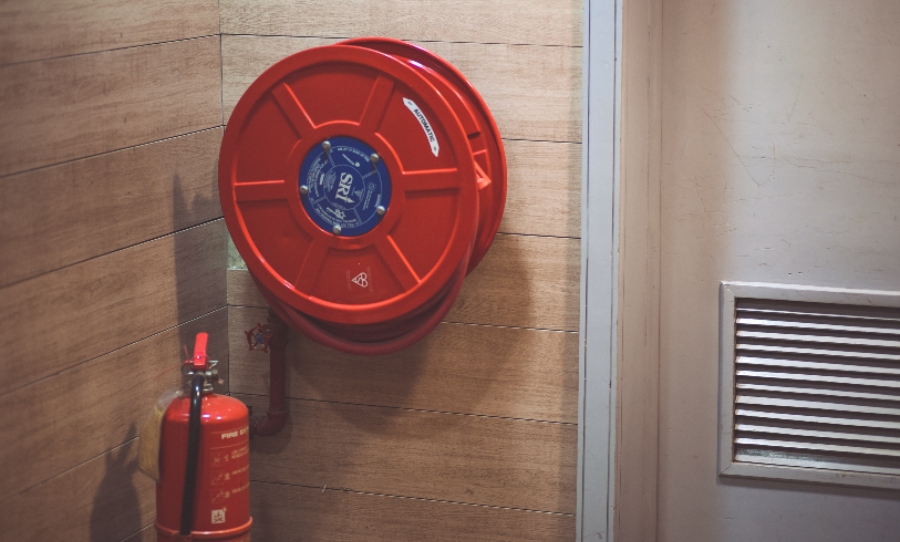Your Building Fire-Safety Checklist
Fire doors are vital, but they aren’t the be all end all of fire safety. Here are 5 free measures to ensure your building’s occupants are well protected.
Just like buying a car, your fire-safety products aren’t self-sufficient after the purchase. You have to routinely check your products, book maintenance and ensure their performing as effectively as possible. Fortunately, a lot of fire safety checks are completely free and pretty low-effort too. These are 5 essential measures to help you keep your building and its occupants safe from any potential fires.
Exit Doors
It’s imperative that your fire doors and exit doors are easy to open from the inside. Just imagine the horror of making it to the exit only to discover the door is jammed or locked. If you haven’t used these doors in a while, it’s definitely worth double-checking they’re good to go in the case of an emergency.
Keep A Clear Path
All the relevant walkways to exit doors should be 100% clean of clutter and obstruction at all times. The last thing you want in an emergency situation is someone tripping over because someone left a box near the exit door. Or, even worse, having to lift something to simply access the exit.

Flammable Objects
It’s also crucial to check for flammable objects in your building. One of the most effective means to keep occupants safe is by limiting the time it takes for a fire to spread. If you need to keep flammable objects in your building, they should be safely secured and well out of the way of any fire doors or exit routes.
Book Regular Checkups
After installing a fire door, you should always ask your installer how frequently the door needs to be inspected. We’d highly recommend booking an inspection for the suggested date for peace of mind. This is also true for other fire-safety paraphernalia such as fire sprinklers and fire extinguishers. There’s also plenty of sound legal requirements when it comes to fire safety in Australia, so it’s always best to be on top of upkeep to avoid any potential penalties or fines. If you have questions about maintenance and inspections, give us a call on the number below.
Smoke Alarms
Smoke alarms are your best friend. It may not seem like it when they go off during your steak cook up, but in the case of a fire, smoke alarms are the ultimate tool for getting everyone in the know and alert. That’s why it should be routine to replace their batteries and click the test button to ensure they’re functioning correctly.
Have a fire door related enquiry? We’re happy to help. Contact Fire Safe Doors at [email protected] or call (02) 9070 0732, and we’ll work through a plan for your needs.

















